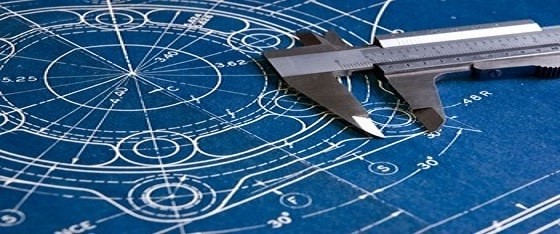It is a common occurrence for certain technical terms like those mentioned in the question to be confused a little.
On the other hand, it is neither immediate nor simple to convey exhaustive information when it falls within the field of metrology, the science of measurement which focuses on the study of the principles, methods and means necessary to carry out the measurement of physical quantities.
For the definition of setting and calibration, reference should be made to the VIM: the International Vocabulary of Metrology, which reached its third edition in 2007, published in an English-French bilingual edition.

In the VIM (and in the UNI CEI 70099:2008 standard) the English language uses two defined and distinct terms for this kind of operation:
- with the term “calibration”, it defines the operation that establishes the relationship between the value indicated by an instrument and the corresponding real value;
- while with the term “adjustment” it defines the operations to bring a measuring instrument to indicate measured values within the declared accuracy; in practice it means the adjustment of instrumental ‘full scale’.
In April 2010, with the updating of the UNI CEI 70099:2008 standard, the Italian version of the VIM was produced; this version of the standard seems to confuse the terms as the English word “calibration” is translated with the Italian term “taratura”.
Obviously the Italian word “calibrare” derives from “calibre”: the measuring instrument for checking machined pieces, and its etymology comes from 15th century French “calìbre” which in turn comes from Arabic “qālib”.
The Italian verb “tarare” on the other hand, derives from “tare” whose original meaning is: how much must be deducted from the gross weight in order to obtain the net weight; this word too derives from the Arabic “tarh”.
Fortunately, the two important terms of accuracy and precision are clearly defined in VIM:
- Accuracy refers to how close a given measurement is to the real value;
- Precision refers to how close independent measurements come together.
These two terms help us not to confuse the concept of calibration with that of setting, in fact:
- SETTING is an operation that enables us to define the metrological characteristics of an instrument in order to define its precision;
- CALIBRATION aims to make the instrument more accurate and to improve its precision; it is the operation in which a measuring instrument is adjusted in order to improve its accuracy and the operation requires comparison with reference measurements produced using a sample instrument.
In other words, setting takes a picture of the instrument while calibration tries to improve its characteristics and although the two operations pursue different purposes, they are, in fact, closely related and complement each other. They are nevertheless decisive in the quality processes according to the EN ISO 9000 series.


